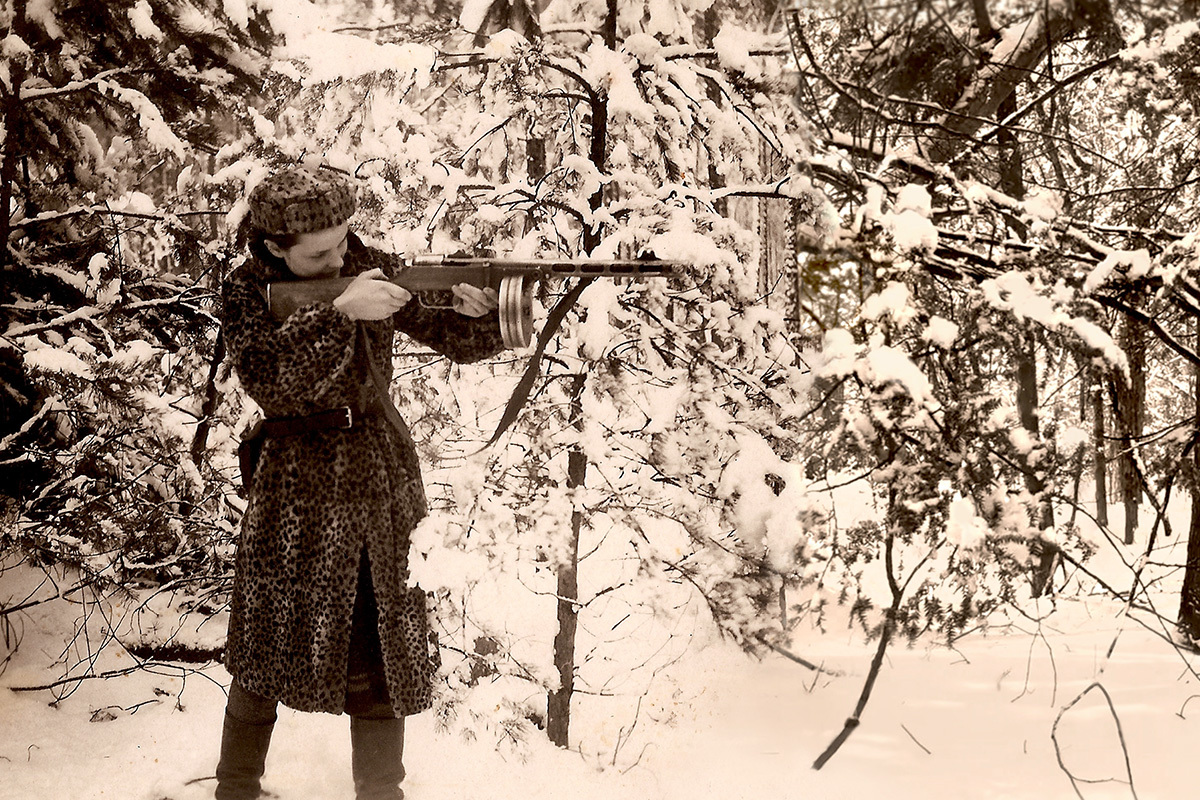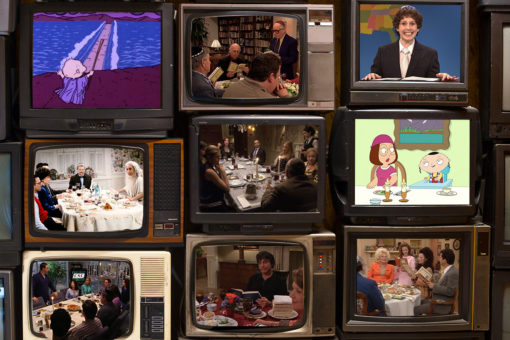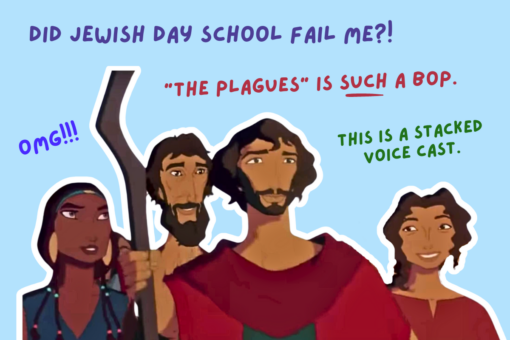In recent years, “resistance” has become more of a marketing term than a movement — it signifies popular defiance of political leaders that usually does not involve violence, risk-taking or living underground. Resistance has become a hashtag, a commodified experience divorced from many anti-war and anti-fascist efforts of the past.
Julia Mintz’s documentary “Four Winters,” which was delayed by COVID but opens theatrically in New York on September 16, eschews this simplification of the concept of resistance. Instead, it shows the gritty reality of life in the woods for Jewish partisans over four unforgiving Eastern European winters during the Holocaust. Although many can’t imagine making the choices that the featured partisans were confronted with — who gets to eat today? Who must undertake an operation that could get themselves captured, tortured, killed? Who will kill a captured enemy, and how? — Mintz hopes the film will remind audiences that the strength the partisans demonstrated wasn’t inherent, but earned.
“Many of us have the opportunity to resist from the comfort of our homes,” Mintz says of the juxtaposition between today’s landscape and the one remembered in the film. “Then there’s the kind of resistance where you’re defending your life, you’re defending your breath. But what I think [the film] really tried to focus on was the innocence and the transformation that one had to undertake to become a partisan, to find your courage to stand up.”
Though “Four Winters” lays out a clear battle between good and evil as the partisans fought the encroachment of Nazis and their collaborators, Mintz does not portray the resistance fighters’ actions in a comfortable binary; sometimes they had to operate in a moral gray area, like when they stole the meager food supplies of villages so they could have the energy to fight.
“Four Winters” even gives surviving partisans the breathing room necessary for them to discuss their choices in a frank and authentic manner without judgment. They confide in Mintz, an unobserved interviewer who frames their stories with supporting archival footage of heavy snowfalls, Einsatzgruppen operations and old family photographs.
In the eyes of the partisans, many of whom have passed away since “Four Winters” was filmed, you can see both guilt and catharsis fomenting as they detail their wartime exploits, sometimes for the first time in their lives: They caught a spy and stabbed him to death. They stole farm animals from villagers to eat. Faye Schulman — an amateur photographer who documented partisan life, using coats and blankets as a makeshift darkroom in the forest —burned down her abandoned childhood home, knowing the Nazis would soon do it for her. Gertrude Boyarski, who lived a life she described as “spoiled” before the war, killed the Nazi collaborator who shot and killed her brother, sister and parents. The boy had attended the same school as Boyarski in Derechin (in what is now Belarus) and had danced with her at the prom.
This wasn’t the first time Boyarski had seen alliances shift in her once-integrated community. Before the war, she had been close friends with a non-Jewish classmate. When Nazi forces took over their town, the girl’s mother came to the Boyarski home and “said, ‘I would like you to give me your daughter’s clothes. She has nice clothes and you’re gonna be killed anyway. Why can’t my daughter have your clothes?’ When I heard that,” Boyarski recalls, “I run [sic] out and say, I’m gonna die with my clothes on!”
“Four Winters” is unflinching in its descriptions of local collaboration efforts among Polish, Lithuanian and Belarussian civilians. Sara Ginaite says that the locals of her native Kaunas, Lithuania “supported the Germans in any possible way” after the Soviets fled the city in 1941, culminating in a massacre of thousands of Jews blamed for the Soviet occupation. “They took women and stripped them naked and paraded them through the villages,” Frank Blaichman says of local forces in Kamionka, Poland; the moment is accompanied by disturbing archival footage of the round-up. Due to its honest discussions of Polish history, Mintz is unsure if “Four Winters” will be able to screen in the country in the foreseeable future: In 2018, Poland passed a law prohibiting public discussion of the Polish nation or people’s collaboration in the Holocaust. Petitioning to screen the film in the homeland of many of the partisans, which Mintz believes they would appreciate, would in itself be an act of resistance.
Though the film’s difficult topics may not make for an easy viewing experience, Mintz hoped that sharing memories would help the partisans heal from their wartime trauma. At a screening this summer, Mintz said that partisan Michael Stoll felt a sense of relief upon seeing his story onscreen. “He kept saying to me, ‘Now I can live for another 20 years, you took [the story] out of my head,’” she says.
As the number of survivors dwindles, these memories grow even more vital to the study of the Holocaust. Mintz did not take on the project lightly, interviewing “almost three dozen people who lived and fought and survived in the forests,” beginning over a decade ago and saving up funds from her career in film production management to finance the documentary.
Yet “Four Winters” does more than just relay the partisans’s words. It combines a historical documentary approach with cinema verité style, producing a film that is active, not passive. Mintz achieves this feat with her editing and sound team, including supervising sound designer Jacob Ribicoff.
The result creates real, tangible anxiety when someone tells a particularly nail-biting story. Stoll, then 17, and Isadore Farbstein found themselves on deportation trains, to Majdanek and Treblinka, respectively; both found open windows and sliding doors on their train cars and had to decide in a few moments if they could survive jumping to the ground. Mintz intercuts the overlapping stories with archival footage of Nazi trains, effectively heightening the tension even though the surviving storytellers are looking right at you onscreen.
“A lot of the time, the archival [footage] sort of stays on the page, so to speak,” Mintz says of the modern documentary. “I did set out with a very deliberate intention and strategy […] I’m hoping that in this film, you actually felt some fear or trepidation or joy.” Moreover, despite the differences between the world of the partisans and those resisting oppression today, Mintz hopes that the film will remind audiences that the human spirit, when tested, can prove indefatigable.
“Four Winters” opens at Film Forum in New York City on September 16.



